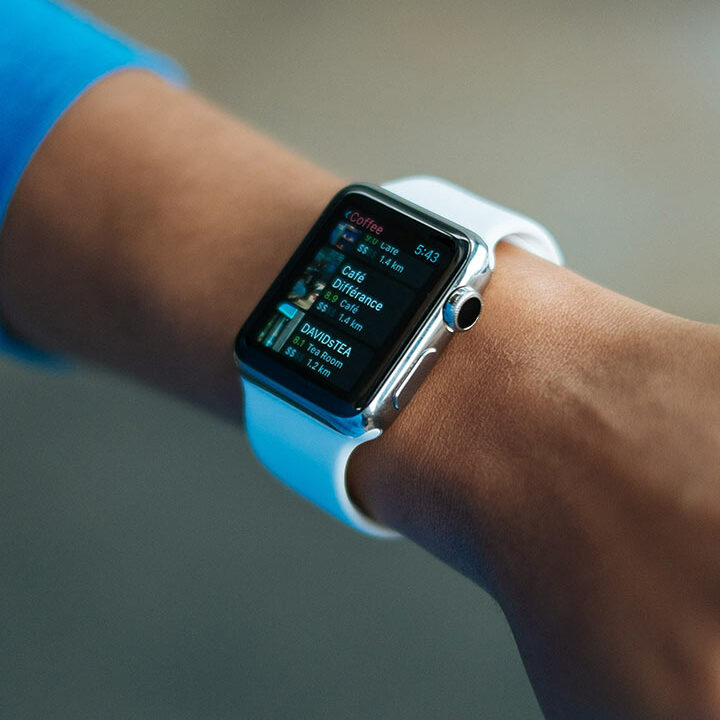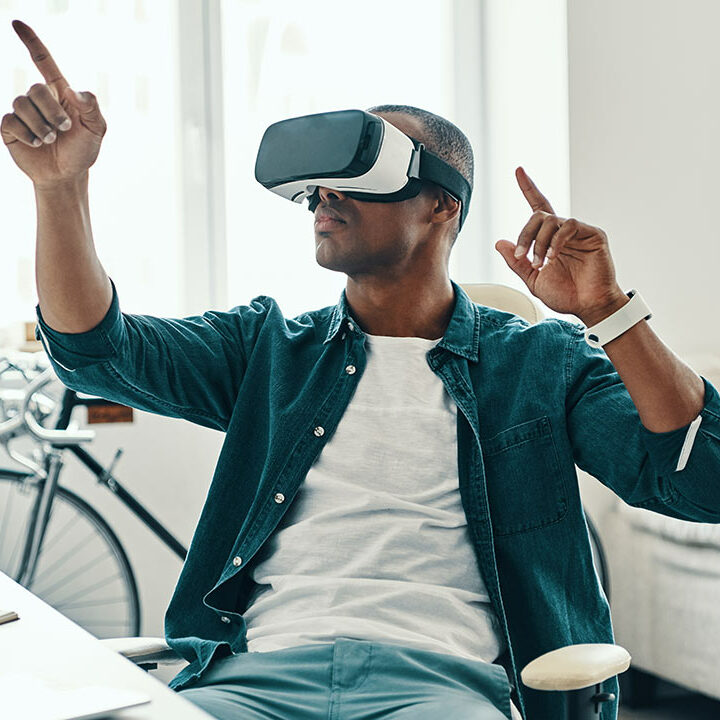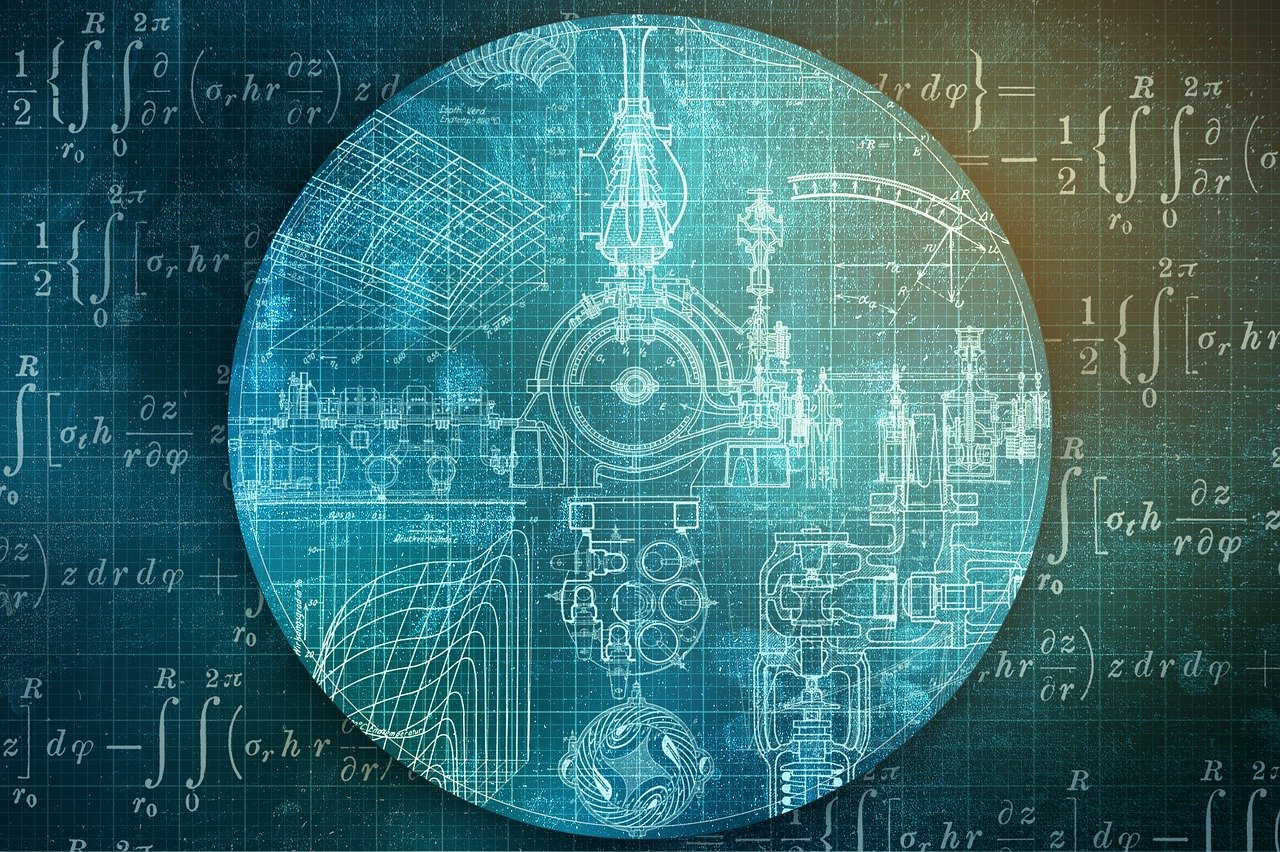How Is Machine Learning Enhancing Medical Imaging?
Empowering Medical Imaging Through Machine Learning
Machine learning has emerged as a transformative force in revolutionizing medical imaging, enhancing diagnostic accuracy, expediting analysis, and facilitating personalized patient care. Its integration into medical imaging technologies has unlocked new possibilities for disease detection, treatment planning, and prognostic assessment.
Improved Diagnostic Accuracy
Enhanced Image Analysis
Machine learning algorithms analyze medical images with exceptional accuracy, assisting radiologists in detecting subtle abnormalities or anomalies that might be overlooked by human eyes.
Early Disease Detection
By identifying early signs of diseases or abnormalities, machine learning aids in early intervention and treatment planning, potentially improving patient outcomes.
Quantitative Imaging and Precision Medicine
Quantitative Analysis
Machine learning quantifies imaging data, enabling precise measurements and objective analysis, crucial for tracking disease progression and treatment response.
Personalized Treatment Plans
Machine learning-driven imaging facilitates personalized treatment strategies by predicting patient responses to specific therapies based on imaging biomarkers.
Workflow Efficiency and Automation
Automated Image Processing
Machine learning automates routine tasks in image analysis, reducing the time needed for manual assessment and allowing radiologists to focus on complex cases.
Augmented Decision Support
Machine learning provides decision support systems, offering insights and recommendations to aid radiologists in diagnosis or treatment planning.
Image Reconstruction and Enhancement
Enhanced Image Quality
Machine learning algorithms enhance image quality, reconstructing images to improve resolution, reduce artifacts, and enhance clarity for better diagnostic accuracy.
Noise Reduction and Artifact Correction
By mitigating noise and correcting imaging artifacts, machine learning algorithms produce cleaner images, aiding in more accurate diagnosis.
Integration with Multiple Imaging Modalities
Fusion of Imaging Data
Machine learning facilitates the integration of data from various imaging modalities, enabling comprehensive analysis and a more holistic understanding of patient conditions.
Multimodal Image Interpretation
Algorithms interpret multiple imaging modalities concurrently, offering a comprehensive assessment of a patient’s condition for better-informed decisions.
Challenges and Future Developments
Data Quality and Standardization
Ensuring high-quality data and standardized protocols remain crucial for the efficacy of machine learning algorithms in medical imaging.
Interpretability and Validation
Improving the interpretability of machine learning models and validating their clinical efficacy are ongoing challenges for wider adoption.
Conclusion: Transforming Medical Imaging Practices
Machine learning’s integration into medical imaging technologies holds immense promise for improving diagnostic accuracy, enabling personalized medicine, and streamlining clinical workflows. As research and development continue to advance, the synergy between machine learning and medical imaging will drive innovations, fostering better patient outcomes and reshaping the landscape of healthcare diagnostics and treatment.
Author








